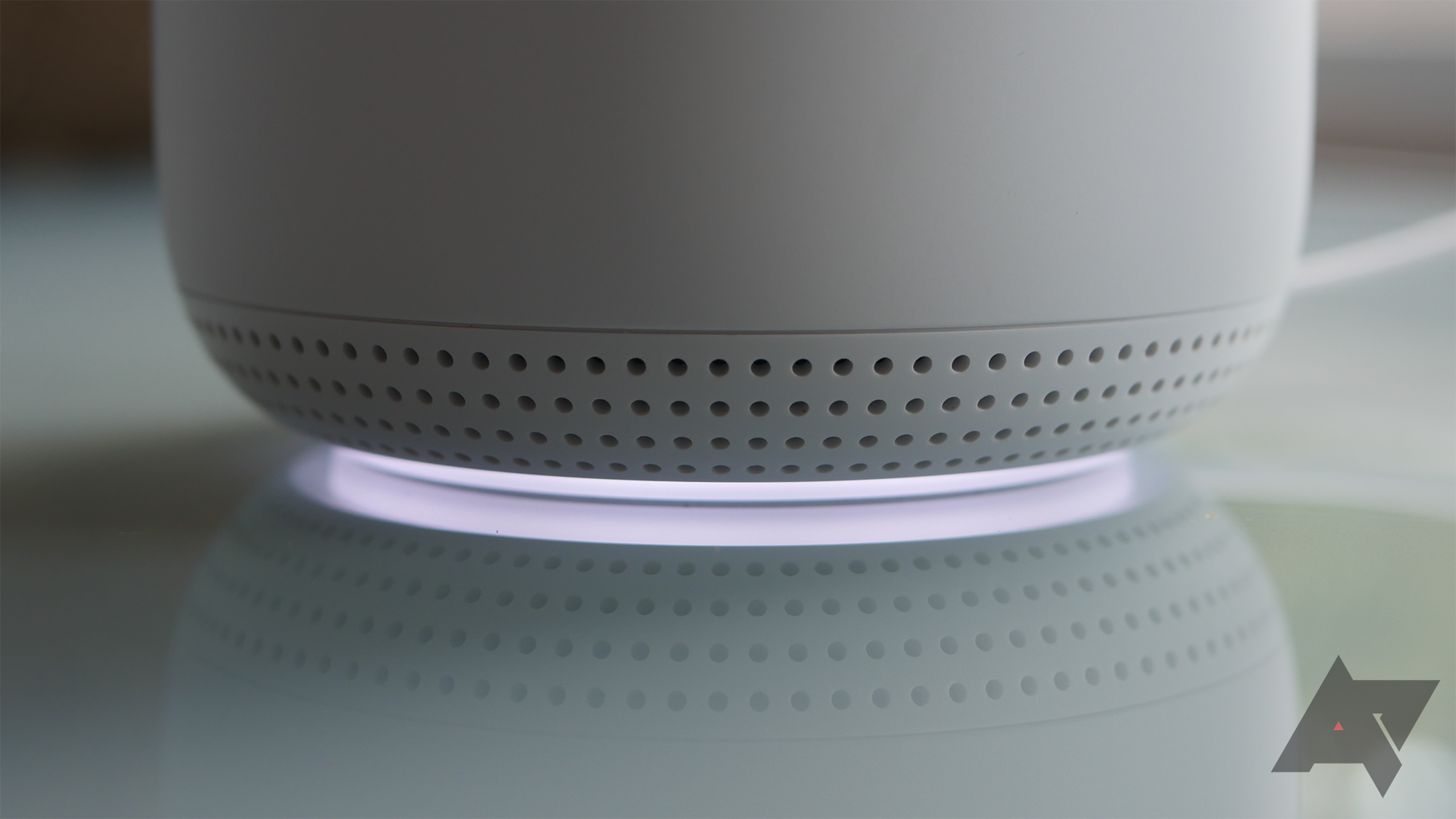With it likely your home Wi-Fi network is dealing with more devices in more places than ever these days, it's not surprising if you've considered making the upgrade to a modern mesh network system, or whether one of those cheap range extenders will get the job done for adding coverage to some rooms of your home. In our experience, this is one area where dropping cold, hard cash really is the only bulletproof solution. While there are situations where a simple range extender can get the job done, they're such an imperfect solution that they may just end up just making you want a mesh system more in the end. And while mesh certainly isn't cheap, it doesn't have to be truly expensive—and we think the costs are worth it given the benefits.
When to get a range extender
WiFi range extenders (sometimes called repeaters) can effectively patch a single hole in your network, but they are not without drawbacks. These devices link with your existing network wirelessly or less commonly via powerline connections to a wired box near your primary router. Setting these devices up is often a bad experience, and getting your router and extender talking can take some trial and error.
Even after getting your extender working, you're going to be stuck managing multiple networks. Unlike a mesh, extenders don't just merge into an existing SSID. So, you might have to manually switch networks depending on where you are. The extender will also never be as fast or reliable as a good connection to your primary router—the same conditions that make your primary router sketchy can affect the connection between the router and extender.
With all that said, adding an extender will be a much cheaper option than replacing your router with a mesh system. If there's just one area of your house that doesn't have good coverage, you can fix that for as little as $30-40. The TP-Link AC1200 (Best Buy, Amazon) is a popular extender that costs just $40 right now.
For everything else, mesh
If you can afford to drop a little cash on a better home internet setup, a mesh system is the way to go. These devices can fix all the dead spots around your house, and they work seamlessly on the user's end. No managing multiple network IDs, no tedious pairing, and you can manage all your devices from a single app.
Mesh systems come with at least one hub that plugs into your modem and an AP you can place elsewhere in the house. A few come bundled with a second node for better coverage of large spaces. You can even add more satellites to a mesh as needed, but most people will be fine with one or two nodes in addition to the hub.
The best option for most people reading this is the Google Nest Wifi, which earned a 9/10 review score and Android Police's Most Wanted award. This mesh router will play nicely with all your other Google devices, and it has Assistant speakers in the mesh points. Rita also swears by her Netgear Orbi mesh system. I have used an Eero Pro mesh for several years with great success, but I haven't had a chance to try Amazon's new, cheaper Eero. If you really want to be ready for the future, both Netgear and Linksys have mesh systems with support for WiFi 6. The Linksys Velop mesh is spendy at $600 for just two nodes, but the Netgear Nighthawk WiFi 6 mesh is just $200. The aforementioned TP-Link extender can also become a real mesh network with TP-Link's Archer A7 router.

